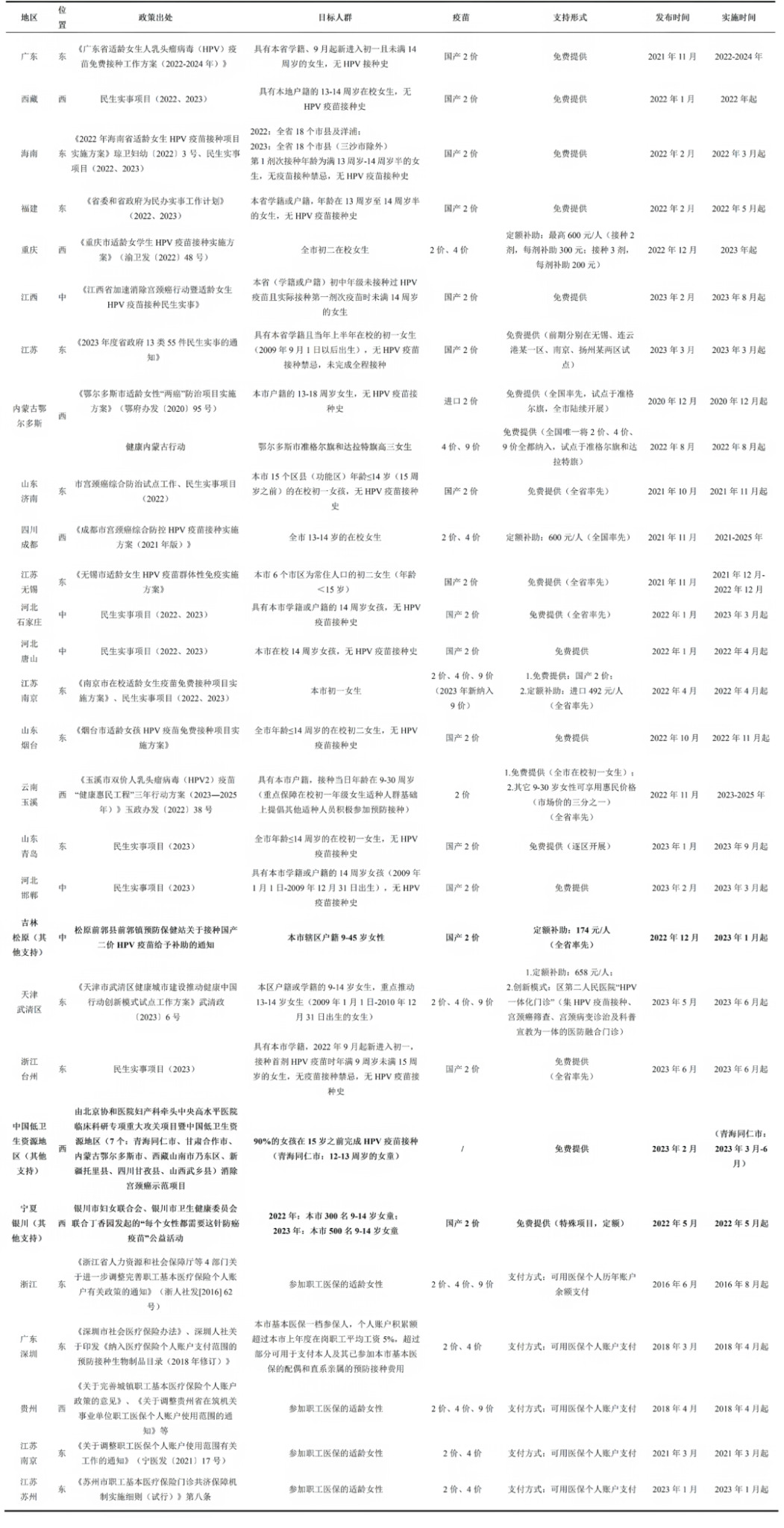Journal Content Recommendation
01
Respiratory syncytial virus seasonality, transmission zones, and implications for seasonal prevention strategy in China: a systematic analysis
The purpose of this study, published in The Lancet Global Health, was to characterize the regional distribution of RSV seasonality, delineate transmission areas, and assess the potential applicability of RSV seasonal prevention strategies in China. A total of 157 studies and two online datasets were included in this systematic analysis of the seasonal prevalence of RSV in China, reporting data on 194,596 RSV cases over 442 study years (January 1, 1993-December 31, 2019) at 52 study sites in 23 provinces. RSV transmission regions were classified by provinces through a “6-month interval” method based on the application of passive immunization against RSV in infants, and a “data-driven approach (k-means)” clustering method.
The main findings of the study included: (1) The length of the RSV epidemic was negatively correlated with latitude, lasting longer in provinces near the Tropic of Cancer having longer RSV epidemic durations; however, there was no significant correlation between the length of the RSV epidemic and longitude. (2) RSV epidemics in most of the provinces in China (71%) were concentrated from November to March; RSV epidemics were significantly seasonal (duration ≤5 months) in 62% of the provinces. (3) Based on the sliding interval method, the 21 provinces included in the study can be categorized into four RSV transmission regions: “the first zone, consisting of five provinces (Fujian, Guangdong, Hong Kong, Taiwan, and Yunnan)” was not suitable for a seasonal immunization strategy; “the other three zones were considered suitable for seasonal RSV immunisation strategies”, with the optimal start of vaccination in September (Hebei), “October (Anhui, Chongqing, Henan, Hubei, Jiangsu, Shaanxi, Shandong, Shanghai, Sichuan, and Xinjiang), and November (Beijing, Gansu, Guizhou, Hunan, and Zhejiang).” (4) The k-means clustering method divides these provinces into 2 transmission regions based on their proximity to the Tropic of Cancer — with Fujian, Guangdong, Hong Kong, Taiwan, Yunnan, and Hunan, (which are near the Tropic of Cancer) in one transmission region, and the rest of the provinces in the other transmission region. Although the seasonality of RSV varies greatly among Chinese provinces, this study identified different transmission zones with common RSV epidemiologic patterns, and the results may have significant implications for RSV passive immunization strategies.
https://doi.org/10.1016/S2214-109X(24)00090-1
02
Coverage of the combined DTaP-IPV/Hib vaccine among children aged 2–18 months – 9 PLADs, China, 2019–2021
Data from this study were published in the latest issue of China CDC Weekly. In 2010, China approved the marketing of the pentavalent vaccine (adsorbed acellular diphtheria, inactivated polio, and Haemophilus influenzae type b combination vaccine, DTaP-IPV/Hib). The research team collected annual birth cohort sizes for the period 2017 to 2021 and vaccination histories for the period 2019 to 2021 using data from the Provincial Immunization Information System (IIS), which included nine provincial-level administrative divisions (PLADs) in the East, Midwest, and West China.
The data show that between the span of 2019 to 2021, “a total of 6.79 million doses of the pentavalent vaccine were administered.” Pentavalent vaccine uptake has increased year on year, though most of the increased doses were used in the eastern region, while the western region used the least. From 2019 to 2020, “the use of the pentavalent vaccine per 100 newborns notably surged by 54.66%”. Coverage of ≥1 dose, the full set of basic immunizations (3 doses), and booster shots increased incrementally each year in each provincial region. Coverage in urban areas is consistently higher than in rural areas.
The study also analyzed the percentage of substitution of Pentavalent vaccine in place of DPT, with the overall substitution rate increasing significantly from 7.61% in 2019 to 13.83% in 2021. The Eastern region reported the highest replacement rate in 2019 and the lowest in the Central region.
https://weekly.chinacdc.cn/en/article/doi/10.46234/ccdcw2024.083
03
Contribution of vaccination to improved survival and health: modelling 50 years of the Expanded Programme on Immunization
This study, published in The Lancet, uses mathematical and statistical modeling “to estimate the global and regional public health impact of 50 years of vaccination against 14 pathogens” since the Expanded Program on Immunization (EPI) was initiated and implemented 50 years ago. The model incorporates all routine and complementary vaccines administered since 1974 and estimates the avoidable mortality and morbidity for each age group relative to a hypothetical scenario in which no vaccines were historically administered, using the simulation results to estimate the contribution of vaccination to the decline in global infant and child mortality over this period.
The results of the study show that since 1974, “vaccination has averted 154 million deaths, including 146 million among children younger than 5 years of whom 101 million were infants younger than 1 year.” For every death averted, an average of 66 years of perfect health is gained, totaling 10.2 billion years of perfect health. The study estimates that vaccination reduced infant mortality by 40% globally, including a 52% reduction in Africa. Children under 10 years of age in 2024 are “40% more likely to survive to their next birthday relative to a hypothetical scenario of no historical vaccination. Increased survival probability is observed even well into late adulthood.” Additionally, the likelihood of survival in late adulthood increased. The research team concluded that EPI has made the greatest contribution to improving infant survival over the past 50 years. In the context of strengthening primary health care, equitable universal access to vaccination remains critical to maintaining health outcomes and avoiding deaths from preventable infectious diseases.
https://doi.org/10.1016/S0140-6736(24)00850-X
04
Cost-effectiveness of human papillomavirus vaccination in the UK: two versus single-dose of nonavalent HPV vaccination
This study was published in the American Journal of Preventive Medicine. The United Kingdom implemented a single-dose HPV vaccination policy in September 2023, which compares the cost-effectiveness of a single-dose, two-dose vaccination regimen from a healthcare perspective. Using an age-structured dynamic model focusing on the effects of 9-valent HPV vaccination for children aged 12-13 years from 2023-2093, the long-term health and economic benefits of the two regimens were analyzed, and different immunization durations (10, 30, or lifelong) and effectiveness levels of the single-dose vaccination regimen were explored.
Research has indicated that the adoption of a two-dose vaccination program in the UK is not cost-effective. The incremental cost-effectiveness ratios of two-dose regimens range from £230,903/quality-adjusted life year (QALY) to £1,082,916/QALY, “far exceeding the £20,000 per QALY threshold,” assuming that a single-dose vaccination regimen would be 90% effective over 10 years. A switch from two doses to a single dose “is even more pronounced when assuming lifelong protection from the single-dose regimen”, and could potentially save the healthcare system over £1,073 million over 70 years. Compared with no vaccination, the single-dose regimen was cost-effective, with an incremental cost-effectiveness ratio of less than £2,040/QALY. According to the study’s findings, the single-dose HPV vaccine in the UK is cost-effective, simplifying the vaccination process, and reducing the epidemiological and economic impact of HPV.
https://doi.org/10.1016/j.amepre.2024.03.008
Content Editor: Linjing(Grace) Zhang
Page Editor: Ziqi Liu





